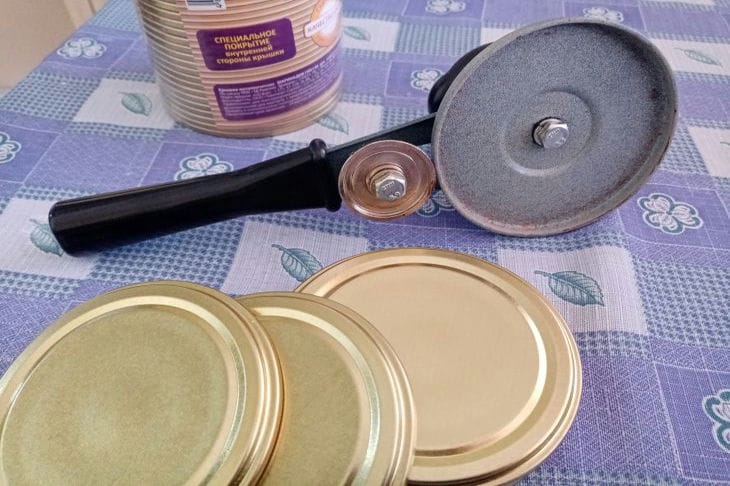Which lids should not be used for canning: you definitely didn’t know about this
When making preserves, most housewives pay attention to all the details.
But, as practice shows, there is one element that is not given due attention, and this can lead to ambiguous consequences. Therefore, it is worth figuring out which lids definitely cannot be used for canning.
With visible defects
Lids with visible defects such as bends, dents or rust may not provide a secure seal on the jars.
This can allow air and microorganisms to enter the canned food, which can cause spoilage and bacterial growth.
With cracks
Cracks in the lids are one reason why jars can swell and preserves can spoil.

Even small cracks can create pathways for bacteria and air to enter, which can cause food to spoil and pose risks of foodborne illness.
Recycled lids
If there are any lids left, some people wash them and try to reuse them.
Such savings only do harm, because reusing lids can lead to their wear and tear and loss of sealing properties, which increases the likelihood of contamination of products and deterioration of their quality.
Inappropriate material
Some materials used for lids may be hazardous.
For example, lids with metal inserts may cause corrosion when in contact with acidic foods such as tomatoes or fruit juice.
Lids without approved specifications
And, of course, you should avoid using lids that are not specifically designed for canning.
These may be lids made from other packaging materials that do not provide the proper level of tightness or safety. When choosing lids, you should always pay attention to this in order to avoid common mistakes.
Previously we talked about removing yellowness from pillows.
